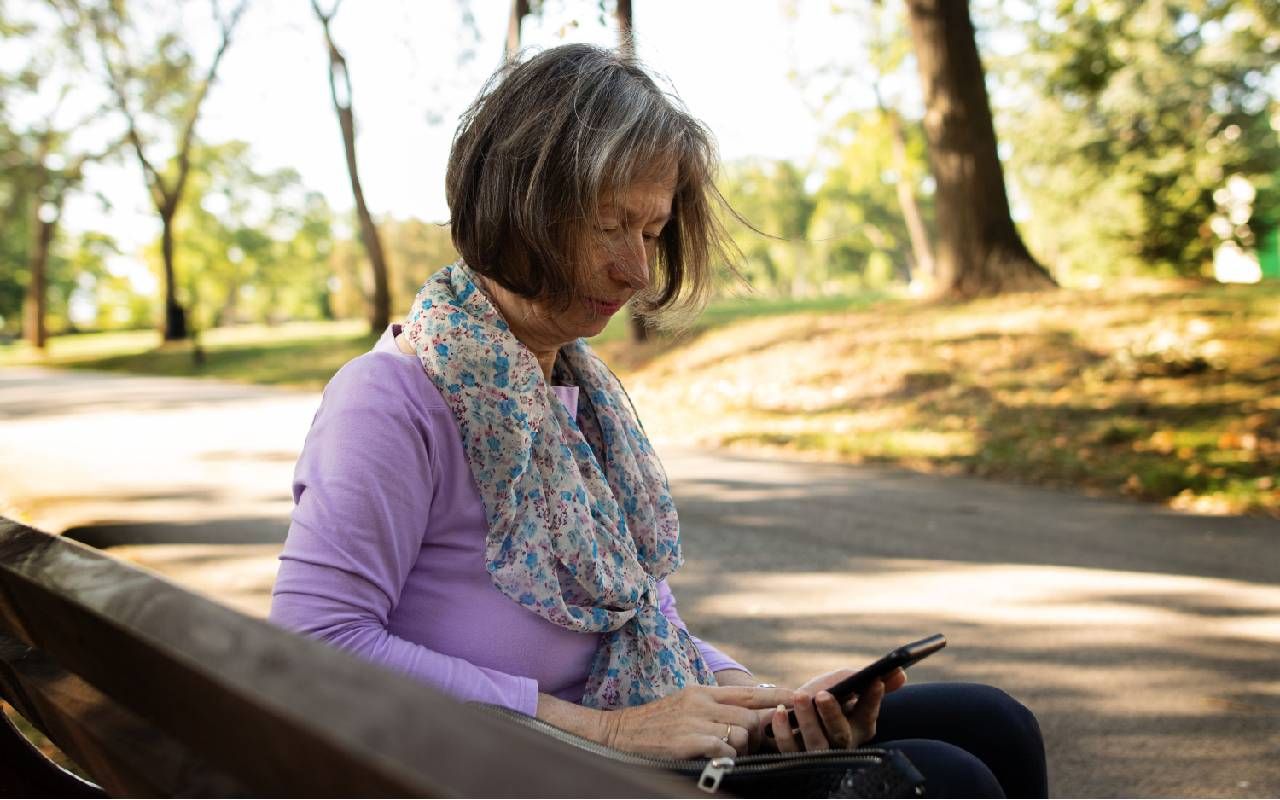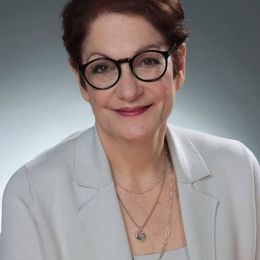Loving My Kid, Their Pronouns and My Non-Affirming Friends
Having my child's trust that I embrace who they are, and their confidence in my unshakeable love, matters more than what others around me think
"How's my girl?"
It was a casual lunch hour text to my 23-year-old, one I'd sent countless times before. I was anticipating a cheery reply that all was good, or perhaps a request for money, as she sorted through the new excitement and responsibilities of living on her own.
But her response that day shifted the ground beneath me.

"Mom ... I'm not a she, remember? I'm nonbinary. My pronouns are they/them. When you don't use my pronouns, it makes me feel as if you're not seeing me for who I am."
""Mom ... I'm not a she, remember? I'm nonbinary."
I had learned of their new gender status during a quiet after-work walk through Greenwich Village, only a few blocks away from my office and subway ride from Brooklyn, where my child had recently moved and was launching a new post-collegiate life as a musician. I had listened well, or so I thought, but I left that conversation believing that the new pronouns were optional. Clearly, I'd gotten it wrong. Or only heard what my heart could let in at the time.
"I'm sorry honey," I texted back. "This is new to me, but I'll get better at it."
I turned to my computer and tried to focus on my afternoon to-dos, but I knew that the change would not be easy. And I was right. Weeks went by, and my heart still fought a battle with my head every time I spoke to them, texted them, or mentioned them in conversation.
My sense of loss, for the daughter I thought I knew, made shifting to neutral pronouns emotionally challenging, and lifelong hardwiring made the pronoun change a hard hurdle to clear. Despite my best intentions, a gendered pronoun left my lips before my brain had the chance to translate.
Meanwhile, news outlets, bloggers and pundits were having their own brand of difficulty with gender neutrality: "Just a lot of nonsense, a phase, entitled kids who want to be special, or who have mental health issues." As for the pronouns? "Offensive, amoral, or just plain awkward."
My sense of loss, for the daughter I thought I knew, made shifting to neutral pronouns emotionally challenging.
I knew my child, and they were healthy. And I knew this was no phase. They had been rejecting gender norms since toddlerhood. "A classic tomboy," my friends would say, but I knew it went further than their refusal to wear a dress. There had always been something just under the surface that whispered, "I'm not a girl."
That said, I could agree that the generational sea change around gender and identity felt cataclysmic, and for a straight, cisgender, 63-year-old woman, about as natural as a rip current.
But the arbiters and grammarians could spit out opinions all day long without repercussions. My nonbinary child told me misgendering hurt. My insides might be wistful, and the pronoun change might grate, but they needed an ally in their mother.
And so, I practiced. I got my husband, their stepfather, to practice, and we practiced together. It was tricky. We made mistakes. We apologized. A lot. But eventually, the new reference became second nature, and we began using their new pronouns with relative ease.
Enlisting the Support of Friends and Family
We kept our discussions with friends and family short and matter of fact: our child now identifies as nonbinary, which means they don't identify as a woman (or as a man), they use gender neutral pronouns, and they ask that we respect them by not misgendering them. We were invariably met with quizzical frowns, pursed lips, and bewildered squints as if we had launched into a discussion of quantum physics.
"What?!," was generally the first question, but clearly not one in search of an answer, followed by eyerolls, brow furrowing, and disapproving scowls.
Some said the pronouns were "too ridiculous" to take seriously. Just kids, they said — presumably including mine — who were simply confused, unwell, or attention-seeking. Others assured me that while they wholly supported LGBTQ rights, they drew a hard line at "destroying the language."
My husband figured they would eventually come around. Nonbinary and transgender people were becoming more visible, with celebrity announcements of gender and pronoun changes — the singer Sam Smith and actor Elliott Page among them — elevating awareness. But he was wrong. The people in our lives, all in their 60s and 70s, would not budge.
"Regardless of whether we understand, what matters is that they need us to see them, to hear them, to respect them and how they want to be called."
The parents in my monthly Zoom support group told me to stand my ground. Remind everyone in my circle just how important this issue is to genderqueer people.
"Regardless of whether we understand, what matters is that they need us to see them, to hear them, to respect them and how they want to be called. If people can't bring themselves to try, then it might be time to make new friends."
I followed the group's recommendation, doing what any good parent would do. Everyone listened attentively. They smiled sympathetically when I shared that yes, it had taken time for me to adjust emotionally, and challenging to get the pronouns right. They nodded as I told them that even so, a tiny word was insignificant when compared to the impact that using it correctly would have on my child and other genderqueer people. And I thanked them, in advance, for making an earnest effort.
And nothing changed. We would say "our child," and our friends would say "your daughter." We would say "them," and family would say "she," and express their puzzlement. "They who? I thought we're talking about your daughter."
My support group voiced outrage. "A lack of respect," they said, "for your child and for you. Transphobic and unacceptable. Deeply unfortunate. Time to reconsider those relationships."
Embracing the Contradictions
The next month was punctuated with a series of spontaneous monologues and role-plays performed at my bathroom mirror or on solo drives to the grocery store in preparation for my announcement that if they couldn't accept more than two genders, then at the least, they could use my child's correct pronoun. They had surely done harder things in their long lives. We all had.
But when my performance was ready to move beyond the mirror, I froze. My heart held an incalculable love for my child, and the intransigence of friends and family hurt. But my days were also threaded with the caring and connection of these people, and delivering an ultimatum that could weaken bonds that had the power to hold me up, to bring joy, pressed against my chest like an ice-cold wind.
My heart held an incalculable love for my child, and the intransigence of friends and family hurt.
I could dispatch the lot of them as unyielding and dismissive. I could correct them repeatedly, injecting our relationships with constant frissons of discomfiture and tension. Or I could embrace the totality of my messy, unruly experience — a queer, nonbinary child I love beyond measure, and a cadre of caring friends and relatives who, at least right now can't, or refuse, to join me in acknowledging that the cultural ground on gender is shifting in ways that bewilder, maybe even anger, but that are happening despite opinions and attitudes.
That new ground has broken at my doorstep, bringing with it a new path that, for now, I must embark on without my support system. I often lose my footing and at times, I lose my way. But having my child's trust that I embrace who they are, and their confidence in my unshakeable love, makes living in the center of this seismic upheaval the only place for me to be. My hope is that one day the others will meet me here.


